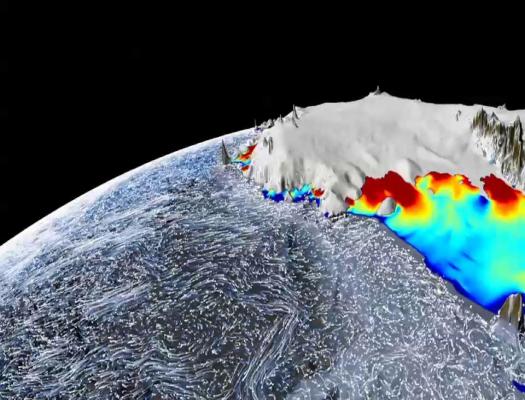
loading Cryosphere...
Featured Mini Lessons
Stability and Change: Changes in Sea Ice
Grade Level: 6-8, 9-12
This mini lesson helps students visualize how the Hydrosphere and Cryosphere interact to produce changes in land and sea ice.
Exploring Sea Ice Changes Over Time
Grade Level: 6-8
Arctic sea ice is the cap of frozen seawater blanketing most of the Arctic Ocean and neighboring seas in wintertime. It follows seasonal patterns of thickening and melting. Students view how the quantity has changed from 1979 through 2018.
Seasonal Sea and Land Ice Melt
Grade Level: 6-8, 9-12
Students examine the two time series images to determine the differences between seasonal ice melt over water versus land.
NASA's Earth Minute: Greenland Ice
Grade Level: 3-5, 6-8
Students will watch a video on the Greenland Ice Sheet and answer questions.
Observing Earth's Cryosphere
Grade Level: 3-5, 6-8
Students watch the video Frozen Earth and answer the following questions that discuss how ice helps moderate the planet's temperature using NASA satellites.





